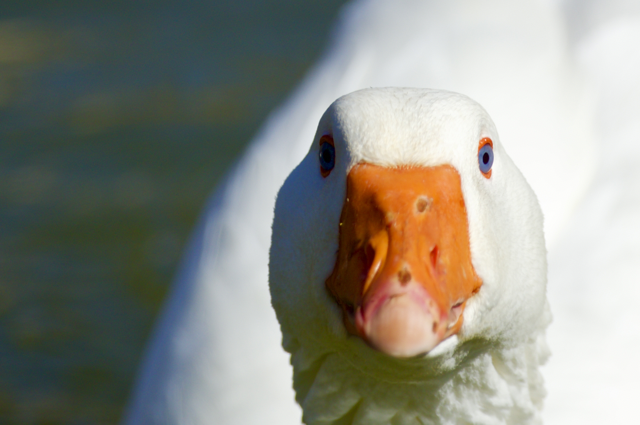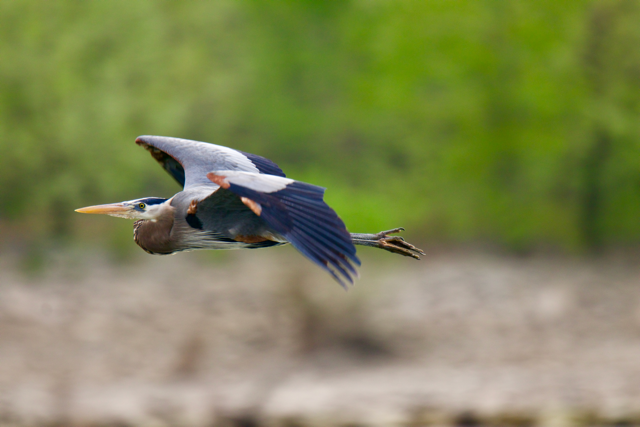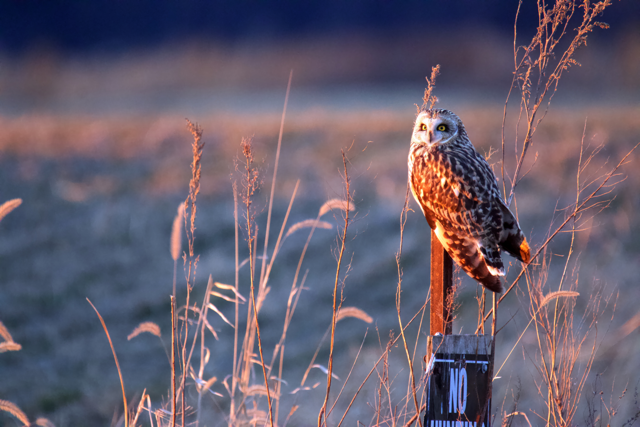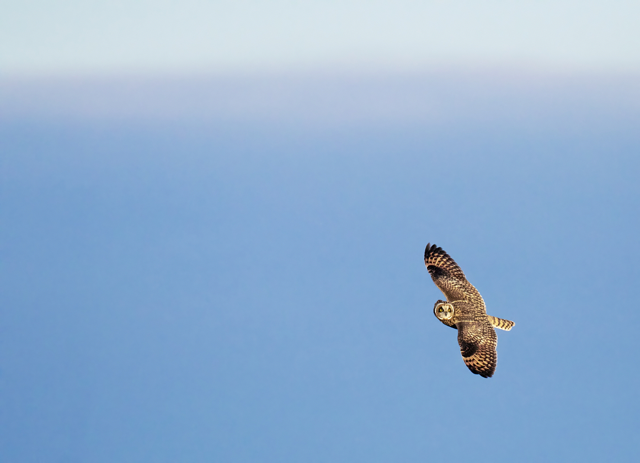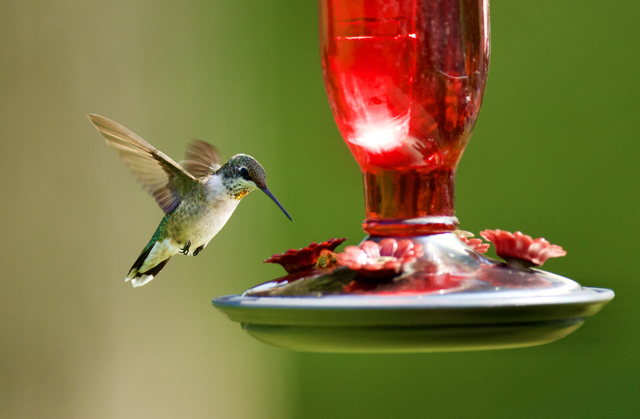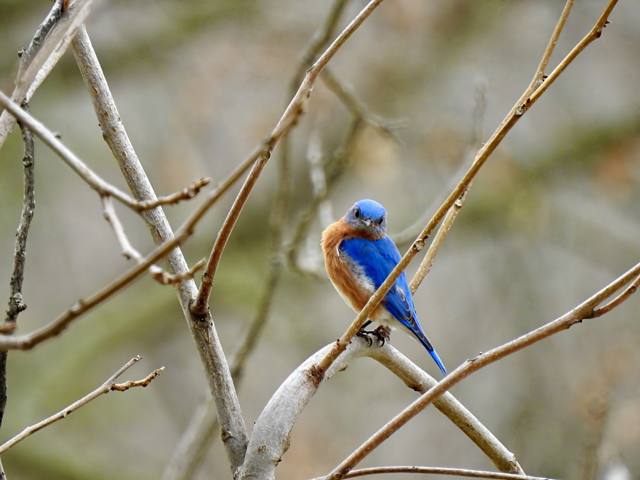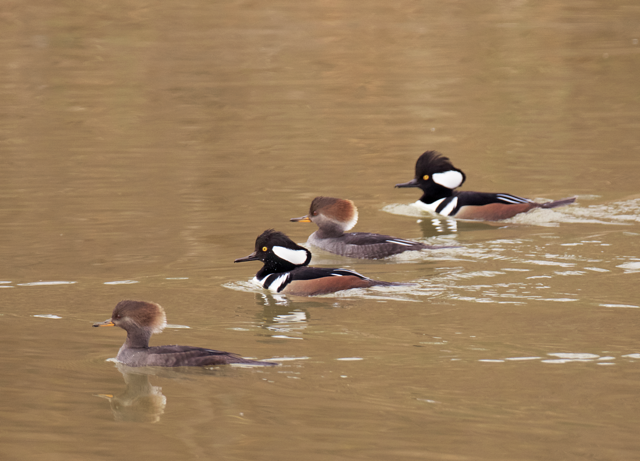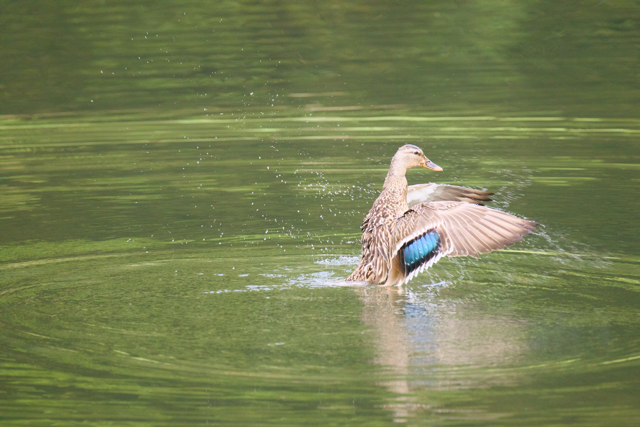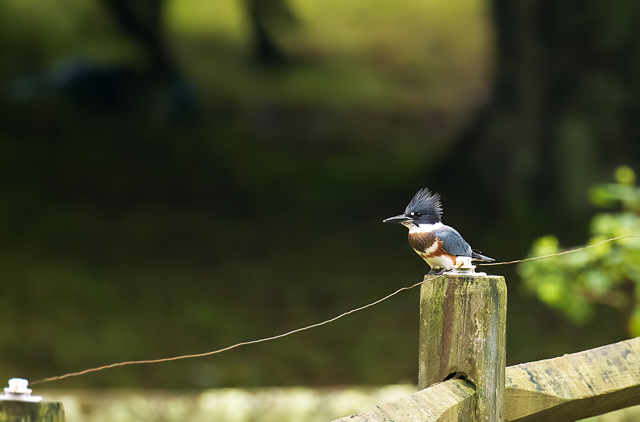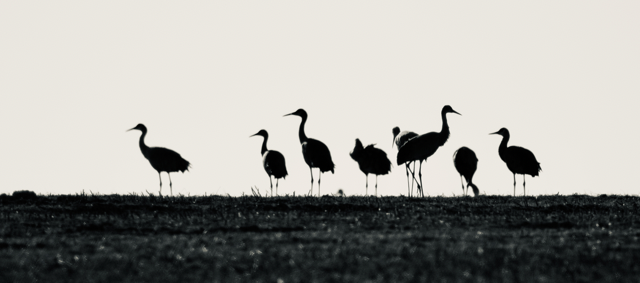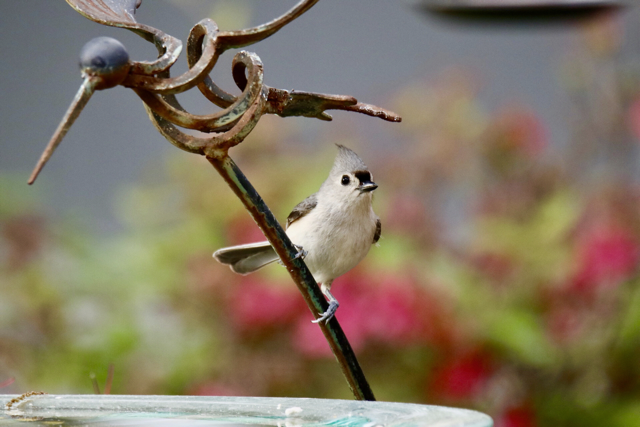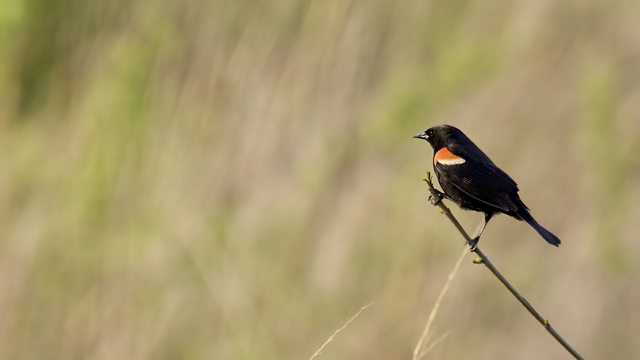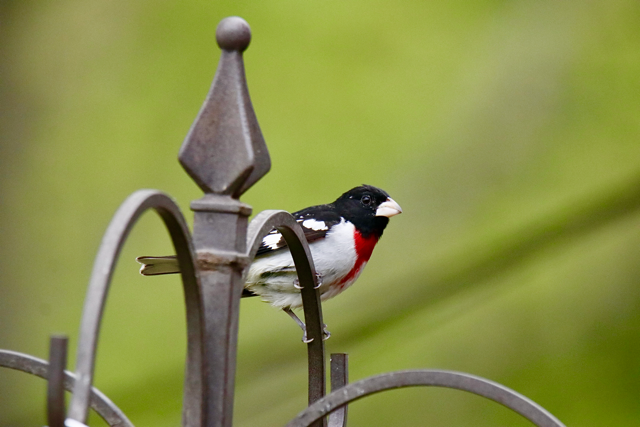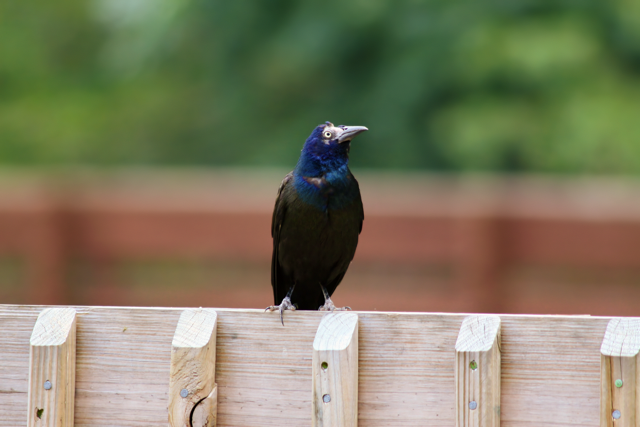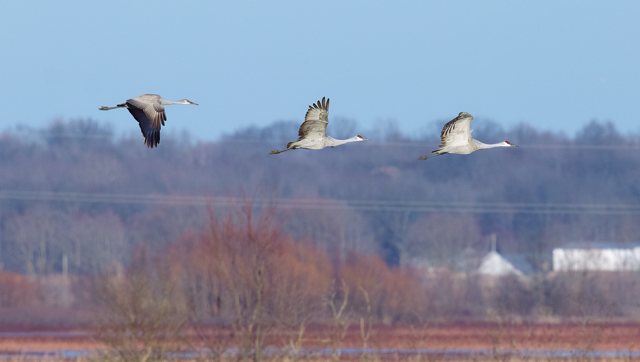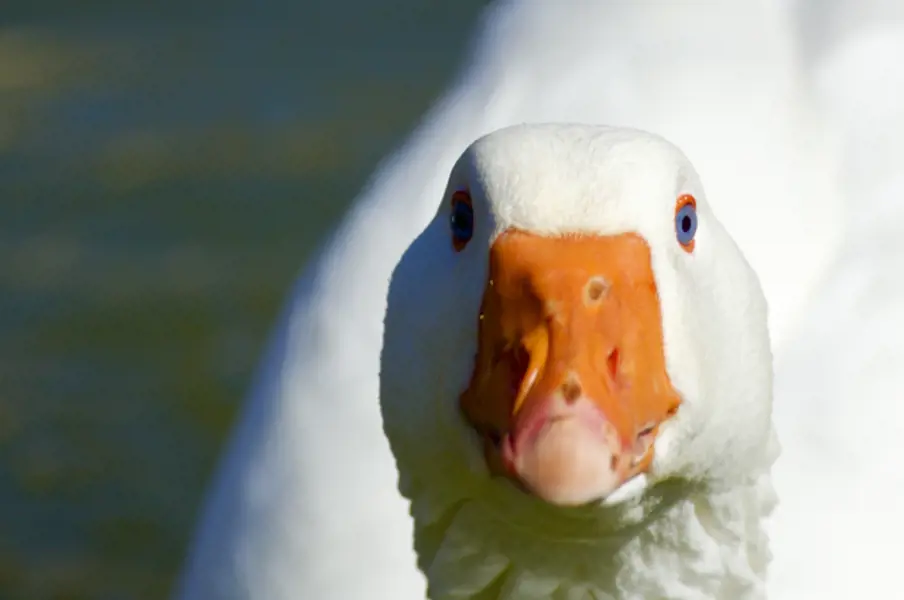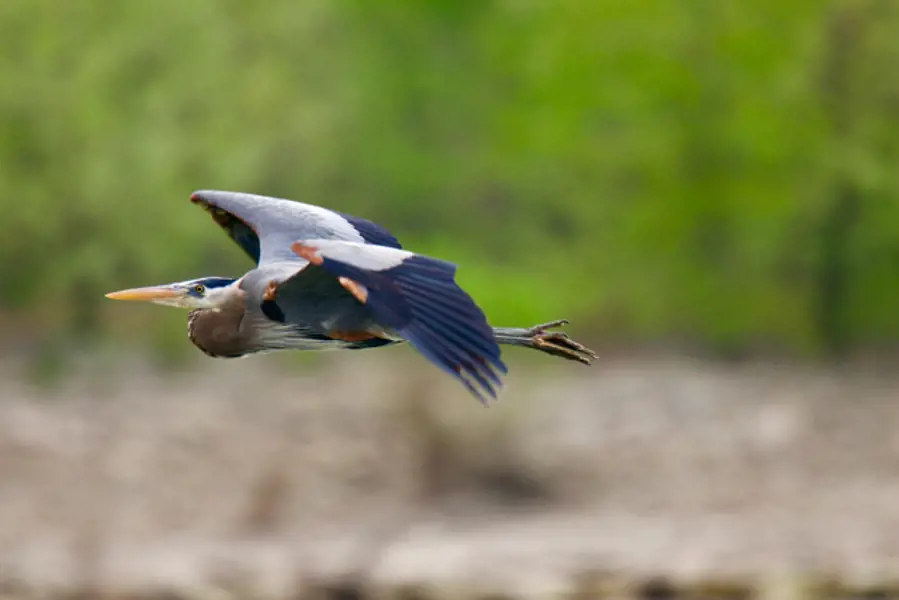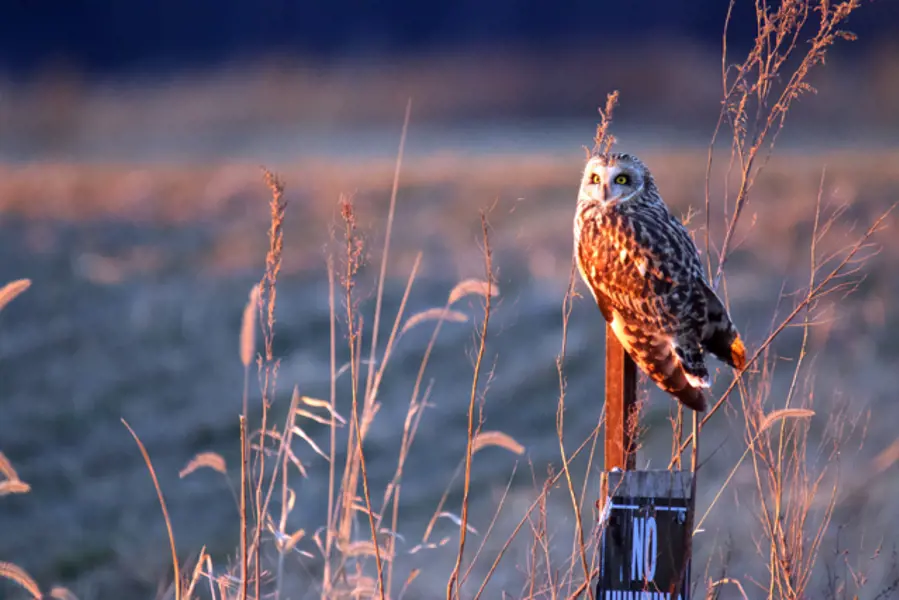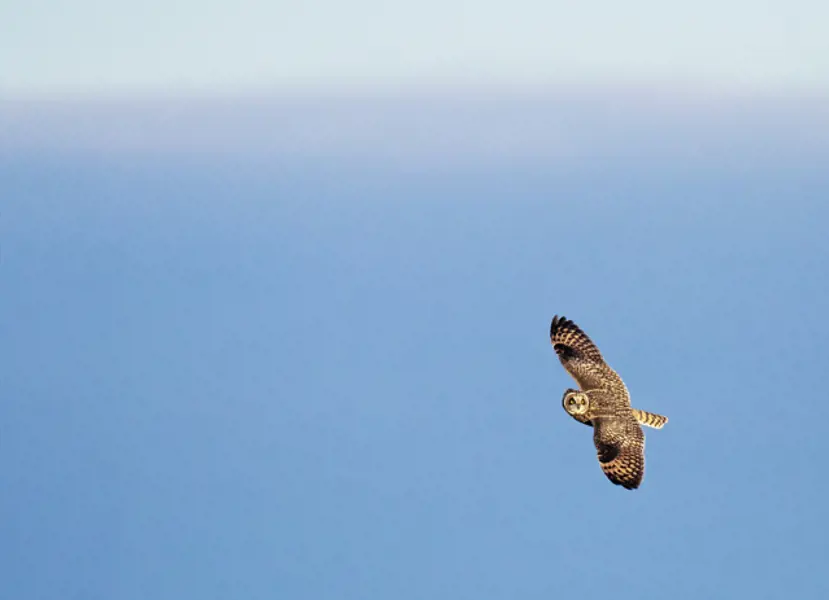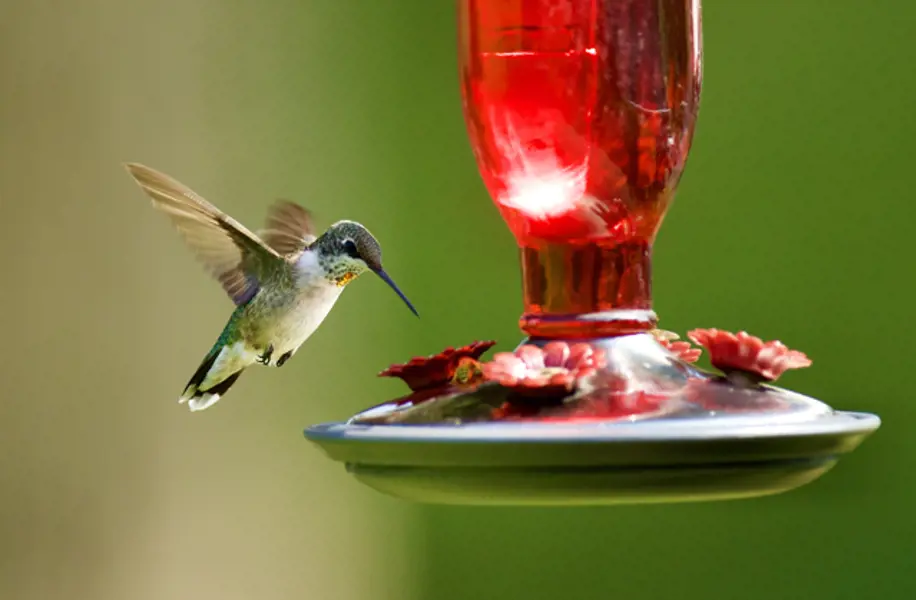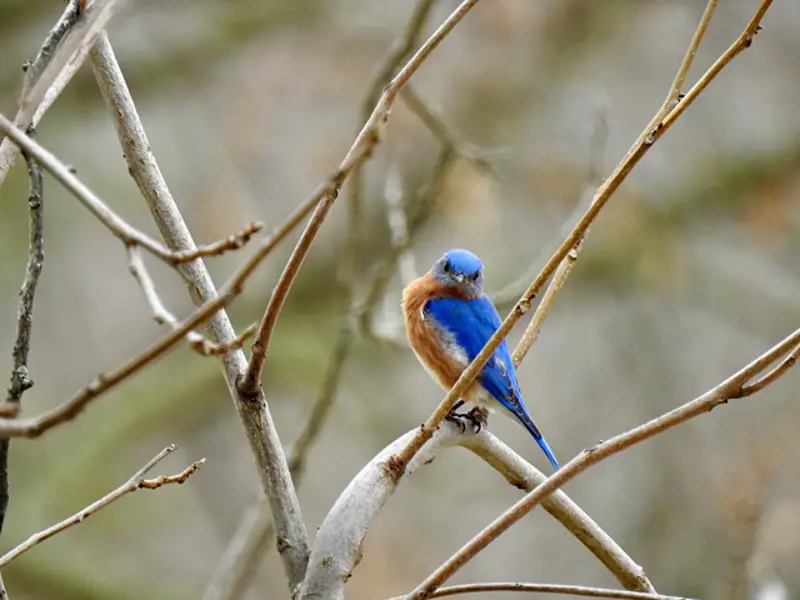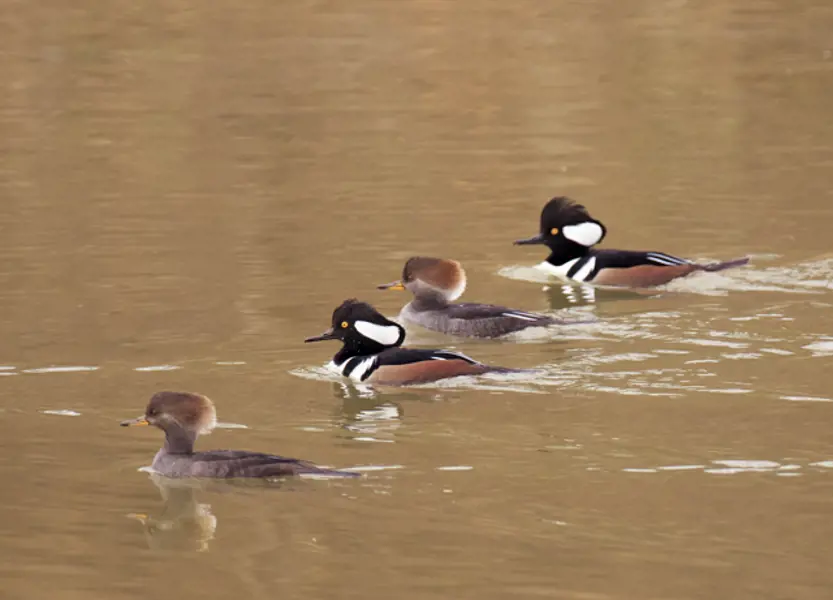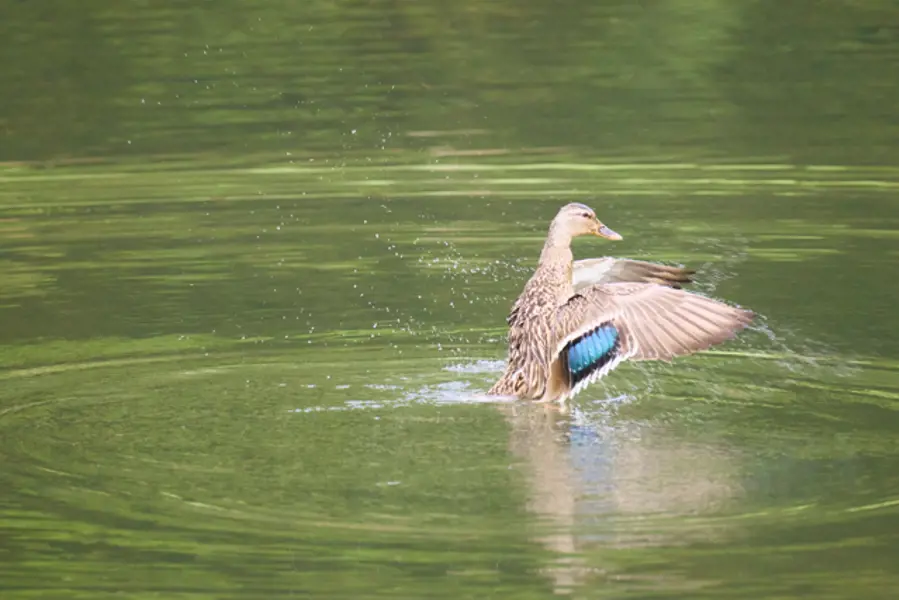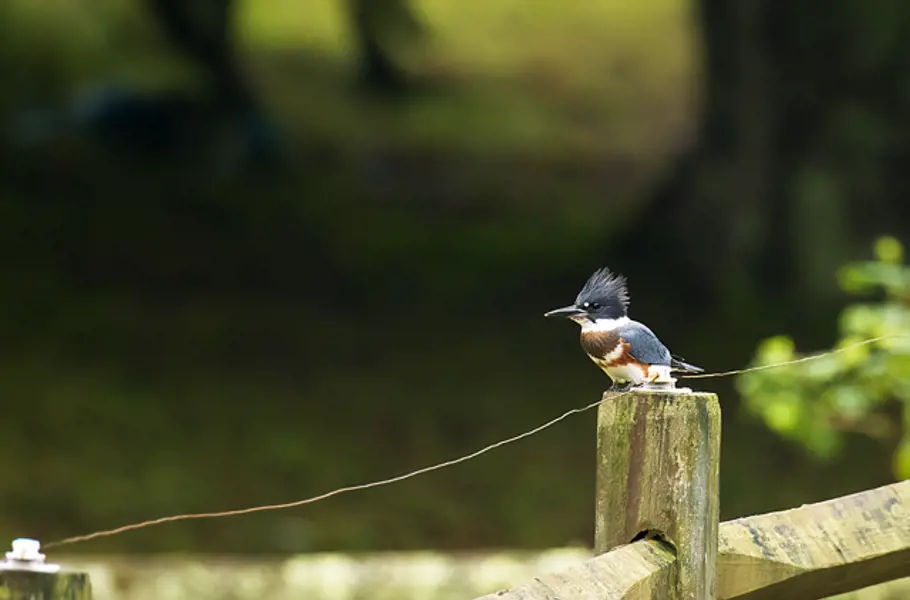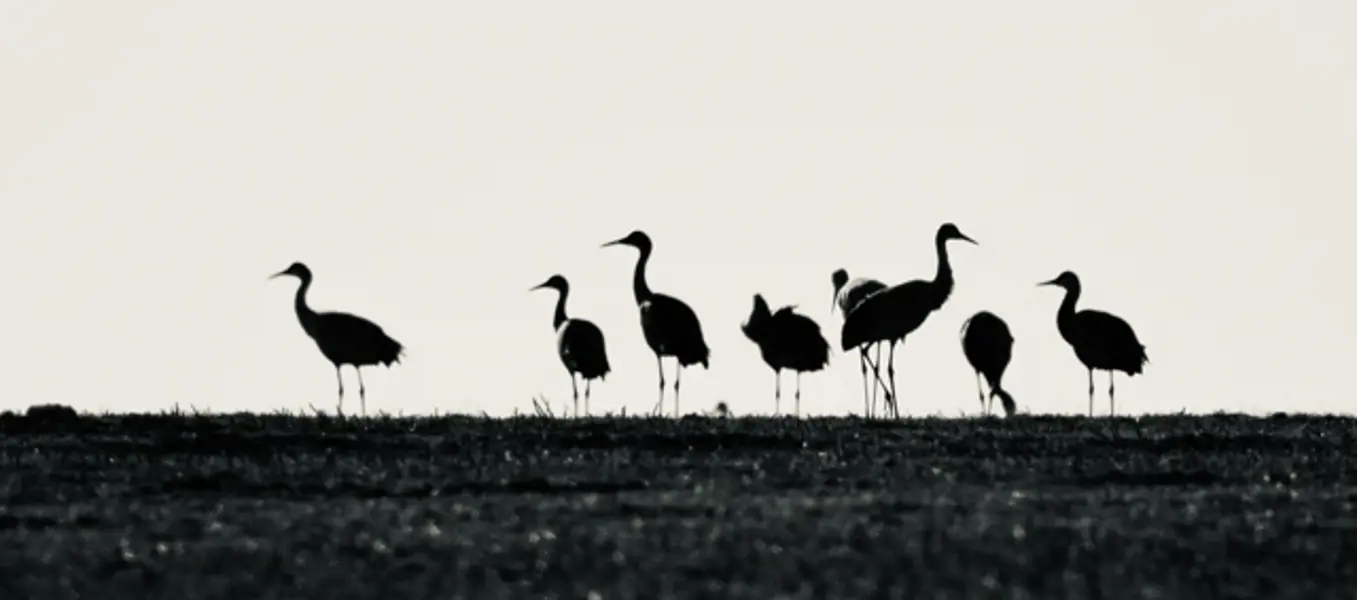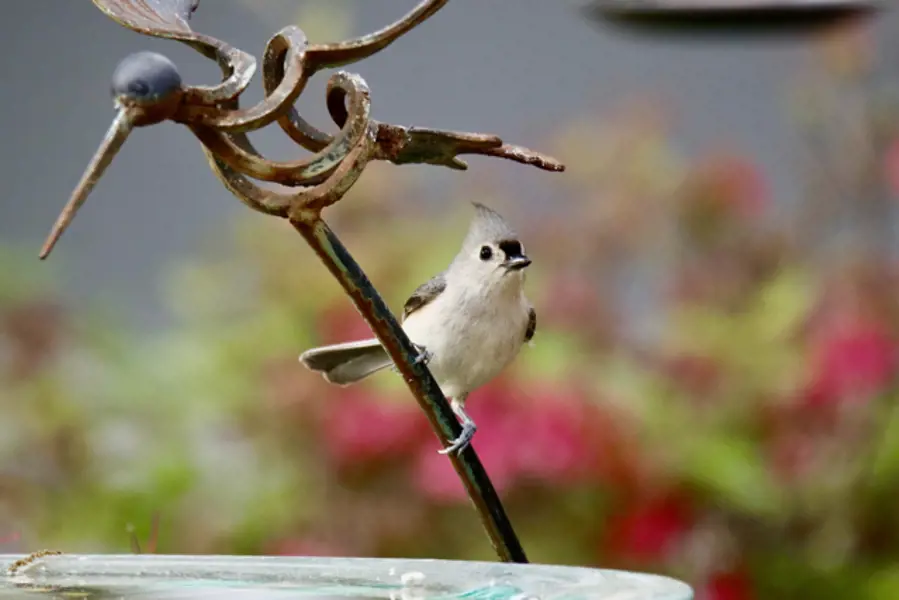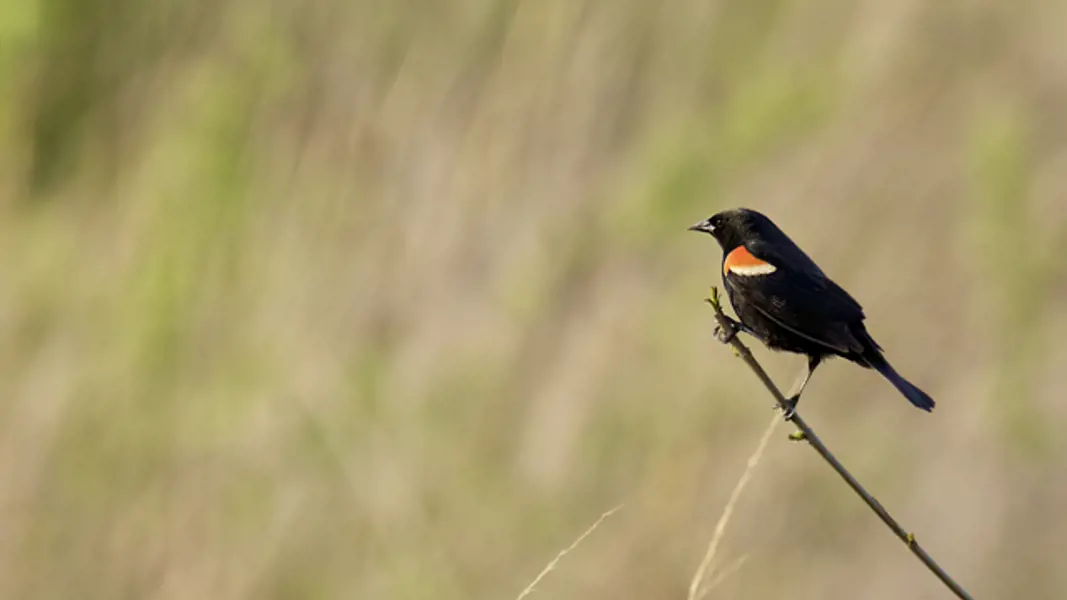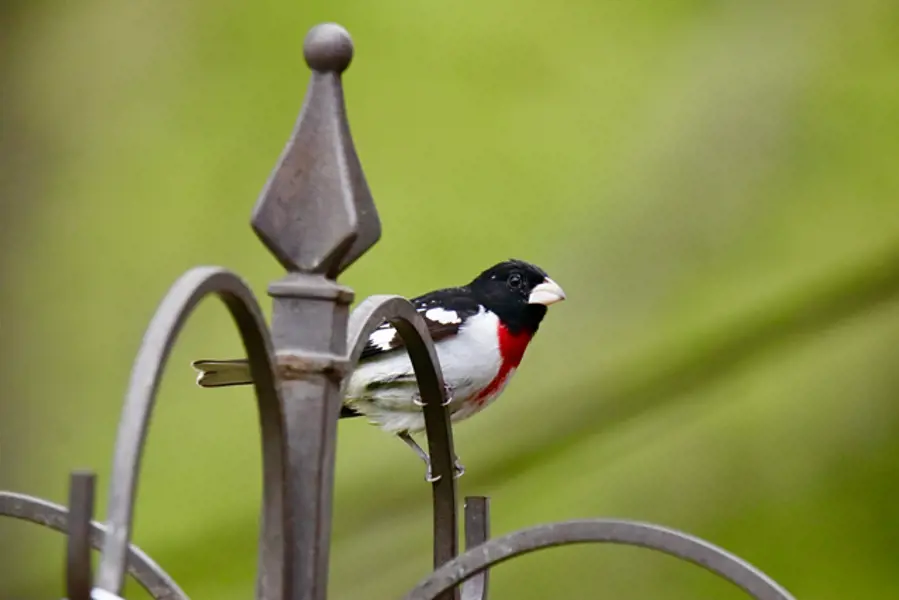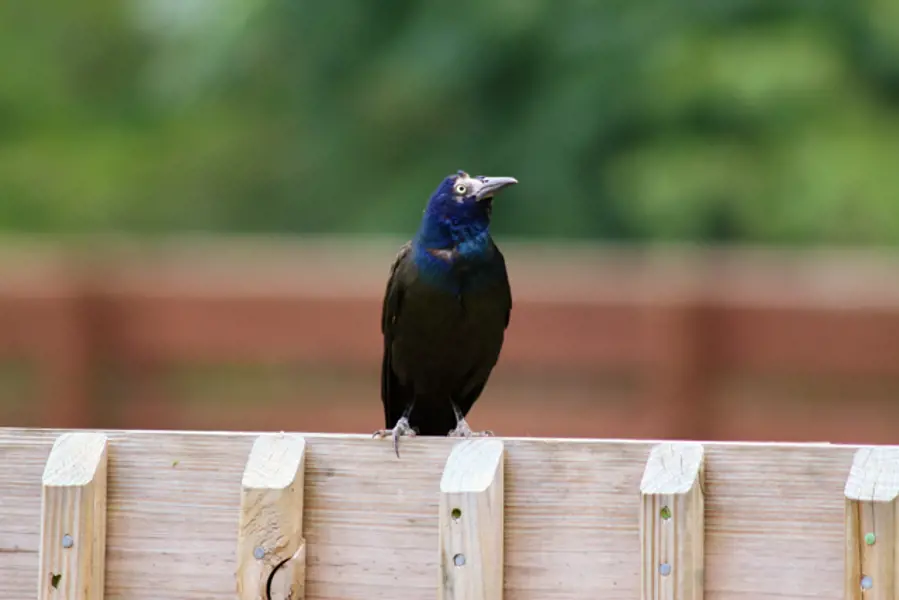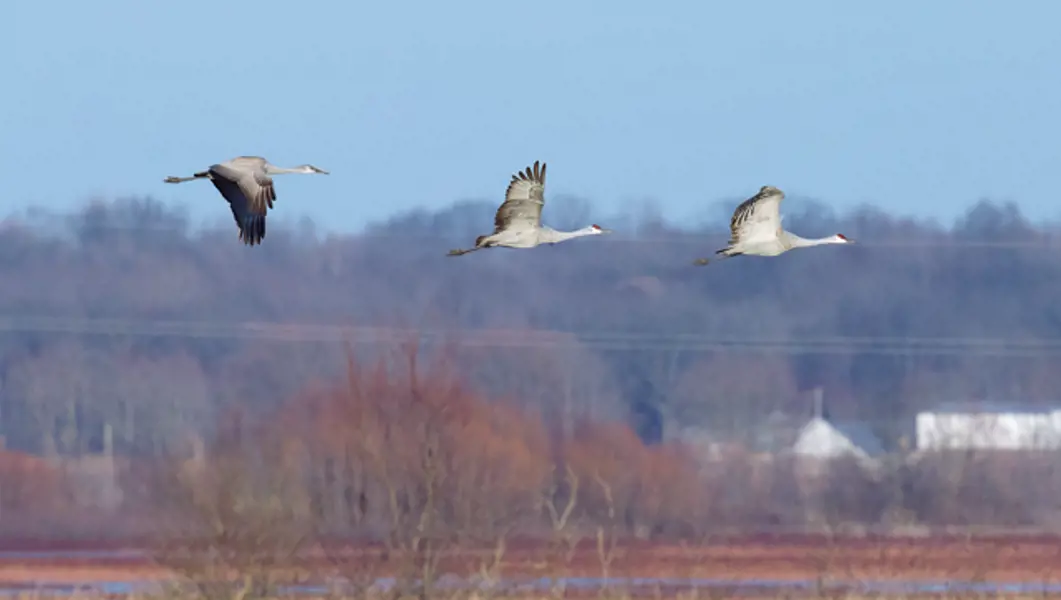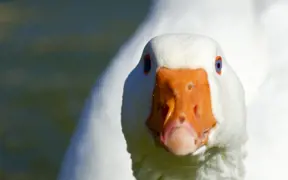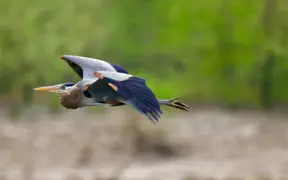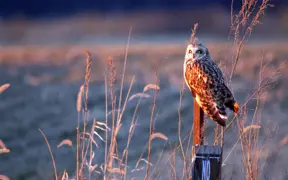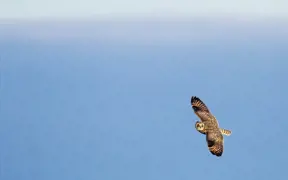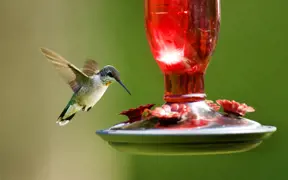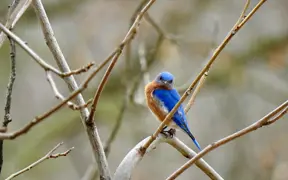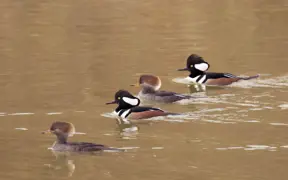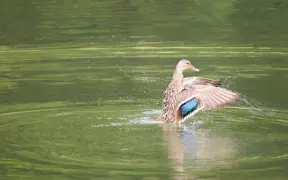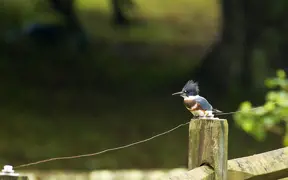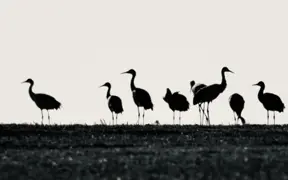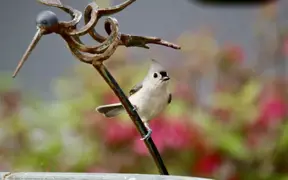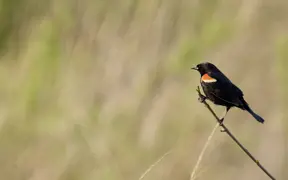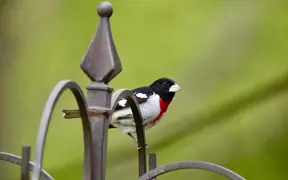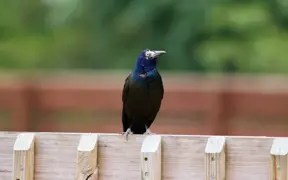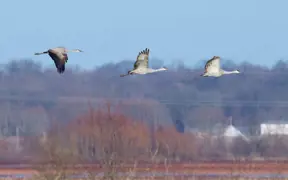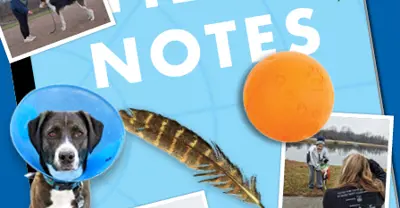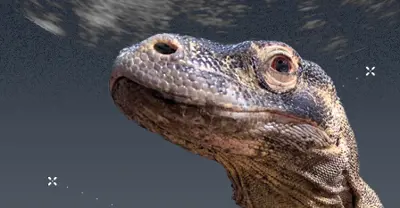Tips on Wildlife Photography
by Danial Craig
Secrets of Wildlife Photography
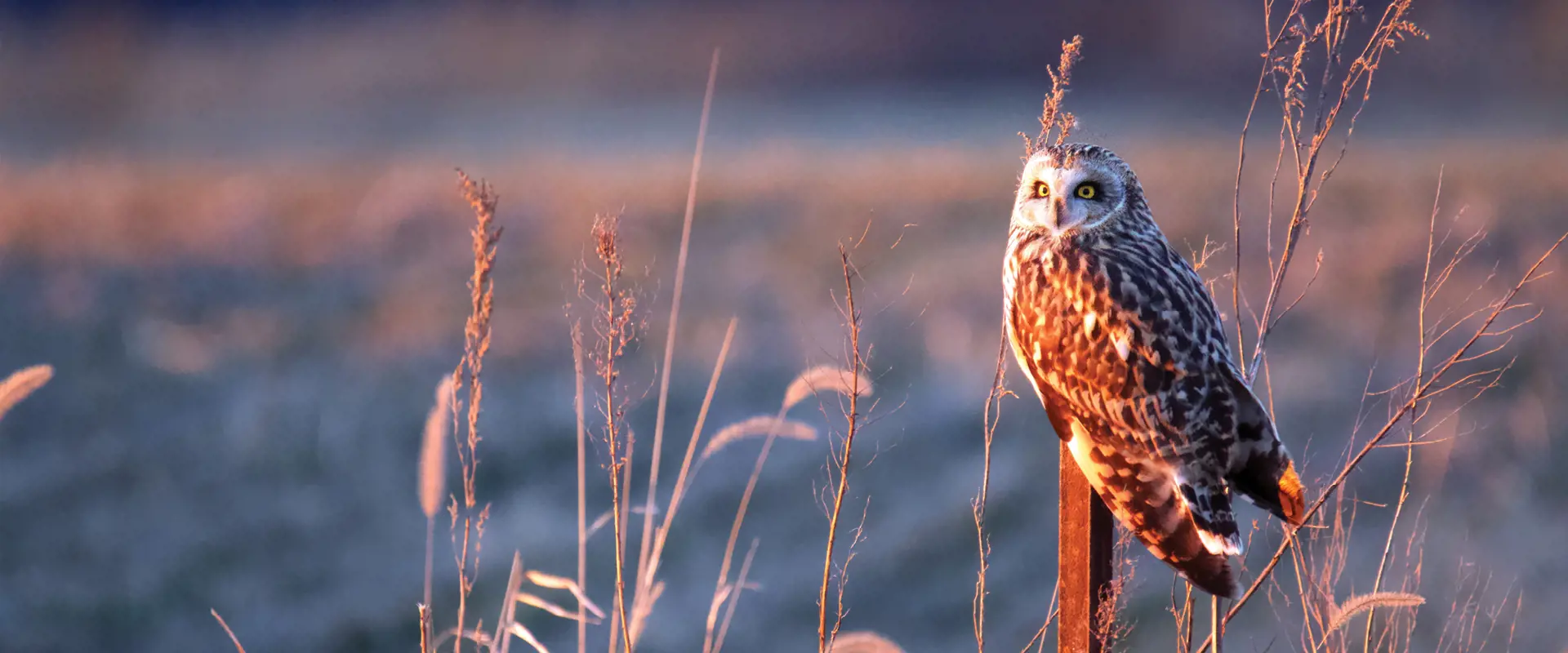
I am a rural person at heart; raised with a healthy appreciation for nature, wildlife and the beauty found far away from the noise of the city. I find joy in the calm morning waters and the gentle rise of a Great Blue Heron on its way to feed in the shallows. But when I moved to Evansville in 1990, I did not appreciate the wildlife bounty southern Indiana offered at first.
Over the last 30 years, however, I have developed into a hobbyist photographer of landscape and wildlife shots. I am particularly fond of bird photography. There is something about the texture of their feathers, the depth of their eyes and their quizzical poses that appeals to me.
Today, I find southern Indiana to be a beautiful place to explore, full of opportunities to view a wide variety of migrating birds, enjoy dense woodlands and stand beside still waters.
It took me a long time to gather all the gear (most of it second hand) necessary to fully enjoy wildlife photography and to learn my pursuit of capturing nature, so I'll share some of my insights here.
10 Tips for Taking Great Pics
1. Learn the principles of photography first. Practice them regularly to get comfortable shooting in different degrees of light.
2. DO NOT shoot in auto mode. Shoot manually or in aperture priority mode.
3. Always try to shoot with the sun at your back.
4. When photographing at sunset, continuously adjust exposure settings for light, quality of light and the desired shutter speed, at least every other minute.
5. When using a DSLR, enable one point focus and practice panning and focusing on a moving target with the idea that you are wanting to place the focus point on the eye of an animal.
6. Pick your location in a manner to isolate your subject without obstruction and be patient.
7. Learn as much as you can about the species you hope to photograph, including migration paths, habitat, calls, cries and even how their wings sound in flight. You will often hear the bird before you see it.
8. Study and anticipate the behavior of your subject. Then look for regular patterns that you can trust when you are trying to capture a unique pose or action.
9. Join local, regional and/or national photography groups on social media, so you can learn from the community.
10. Learn the rules and culture of wildlife and bird enthusiasts to have a better understanding and respect for wildlife and your fellow enthusiasts.
10 Locations for Wildlife Photography
1. USI's Reflection Lake
2. USI-Burdette Trail
3. Hovey Lake
4. Wesselman Woods Nature Preserve
5. Howell Wetlands
6. Bluegrass Fish and Wildlife Preserve
7. The Patoka River Bottoms and Patoka Lake
8. The Duke Energy Power Plant
9. Saunders Woods
10. The Floodlands South of USI Along the Ohio River
Dan's Photography Equipment
It has taken me a long time to gather all the gear necessary to fully enjoy wildlife photography. Most of my gear was purchased second hand. Sure, there is a risk involved, but I have saved thousands of dollars by finding gently used pieces at a fraction of the cost of new equipment. Here is what is in my collection:
Cameras:
Canon 70D
Canon 80 D
Cannon R7 (mirrorless)
Nikon P1000
The Canons provide a wide range of focus and resolution. The new R7 will allow you to pinpoint the eye of a bird moving at top speed and hold the focus as it moves across a field.
The Nikon P1000 is has a built-in lens that will capture still images in good light at 3000mm.
Lenses:
Canon 10mm – 18mm wide angle lens for landscape
Canon 18mm - 135mm telephoto for general travel.
Canon 70mm – 200mm for closer subjects.
Tamron 18mm – 400mm telephoto great for bright days, landscapes, and wildlife.
Canon 500mm – For shooting birds and animals at a distance but with great clarity.
Tamron 150mm – 600mm Telephoto for birding and wildlife when you need to have adjustable zoom.
Support:
Benro’s Carbon Fiber Travel Tripod
Benro’s Carbon Fiber monopod.
Platypod Max Camera head support for mounting a camera on trees, posts or down low on the ground.
All my cameras use an APS-C (crop sensor) which allows for greater magnification. The lenses range from 18mm to 600mm. The Nikon will reach out to 3000mm and is great in bright light when photographing still subjects. The Canon 500mm is my favorite lens for capturing birds in flight because it lets in a tremendous amount of light and responds very quickly to changes in focus. The R7 is a mirrorless camera that has an advanced auto focus that will follow birds in flight and focus automatically to their eyes. Paired with the Canon 500mm or the Tamron 150mm-600mm, this system is highly effective while shooting birds and other wildlife.

